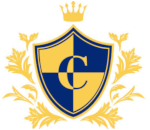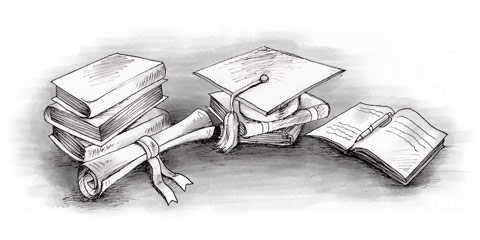Preschool and Primary Education
Preschool education is for children between the ages of three to six and carried out by kindergartens and nursery schools. The institutes that provide preschool education are usually privately owned, though some get subsidized by the government.
Two-thirds of South Korean children who attend preschools are enrolled in private kindergartens. Fifty percent of South Korean children receive preschool education.
Primary education is compulsory and it’s free of charge from the ages of six to twelve. In the early 1960s, the enrollment rate to primary school reached 100 percent. There are barely any private primary schools in South Korea. Almost all primary schools are public, enrolling 90% of students.
Secondary Education
Secondary education consists of two stages and lasts six years in total. The first stage is three years of middle school, the second stage is three years of high school. The average age of a student starting middle school is 12.
Middle school education, as with primary education, is compulsory and free. The enrollment rate to middle schools is 100% for children between the age of 12 to 14; 23% of the students are enrolled in private middle schools. Almost all middle school graduates advance to high school.
The subjects that are generally considered to be most important are mathematics, English, Korean, social studies, and science. Physical education considered less important as it is not considered to be education. Therefore, many schools do not invest in sports facilities.
High schools provide two tracks: general academic and vocational. 61% of the students are enrolled in general high schools, while 39% enroll in vocational high schools. High school students are normally required to pay tuition fees.
Corporal Punishment
Corporal punishment is legal and widely use in South Korean primary and secondary schools. It usually takes the form of hitting the student with a rigid, thick stick. The teacher will usually hit the student’s clothed buttocks, calves, the front and back of the thighs or the soles of the feet. Other "discipline tools" such as hockey sticks and billiard cues are also commonly used.
Nowadays, students are still being punished in this way by teachers for any offence in school. However, lately there have been some developments regarding corporal punishment in South Korea. Following declarations by officials from the Seoul Metropolitan Office of Education, corporal punishment was banned in several schools, a rule which is expected to spread.
When sending your children to a South Korean primary or secondary school, make sure to research the specific approach of the institute towards corporal punishment. In case of international schools corporal punishment is not allowed.
Higher Education
Approximately 67% of high school graduates progress to higher education. Higher education in South Korea includes several different kinds of institutes: Junior colleges, four-year colleges, universities, Open University (which allows you to take academic courses via the Internet), cyber colleges and colleges in workplaces.
Junior colleges provide two to three years of post-secondary education, covering mainly vocational and technical teaching programs. Colleges usually offer four year programs at the undergraduate level. Universities provide undergraduate programs, as well as, master and doctorate degree programs.
Eighty one percent of higher education students are enrolled in private institutes.
An academic year in South Korea consists of two semesters. The first semester begins on March 1 and ends on August 31. There are two vacations every year: summer vacation from mid-July through August and winter vacation from late December through February.


